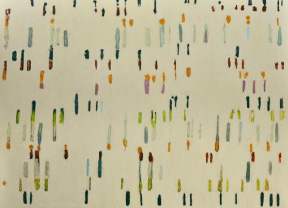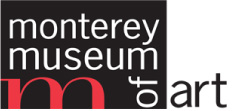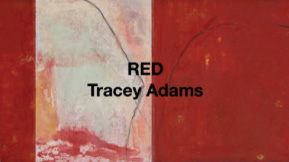by Tracey Adams | Oct 31, 2013 | Blog
From 1945 through 1975, many artists from the U.S., through random exchanges, shared ideas and artistic styles with a group of Asian-American artists from Japan, China and Korea. While some of these artists were born in America and others emigrated, their influence and inspiration was seen and felt by many. Today, many of them remain in relative obscurity. Visually, their work contained calligraphic gestures learned from families and friends. Other work was reductive, incorporating large flat fields of color, sometimes featuring geometric shapes, repetition of lines and dots, suggesting nature in abstraction. Their work was connected to the philosophies of Buddhism, Confucianism, and Taoism – calling upon the self to be removed from focus, held at a distance. Cross-pollination occurred between the Asian artists and their non-Asian counterparts, from west to east coast and academia to exhibition.
Hans Hofmann, deeply influenced by the work of these Asian artists said, “The ability to simplify means to eliminate the unnecessary so that the necessary may speak.” The aesthetic of quiet elegance is powerful and remains influential and inspirational by many to this day. The following images include some favorite Asian and non-Asian artists as well as a few contemporary artists, myself included.
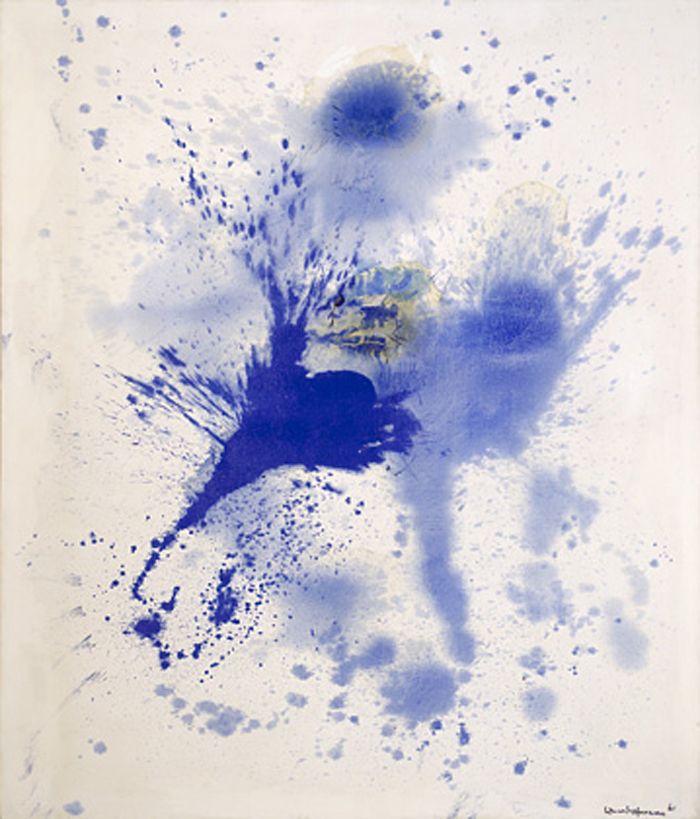
Hans Hofmann, Astral Nebula, www.hanshofmann.org
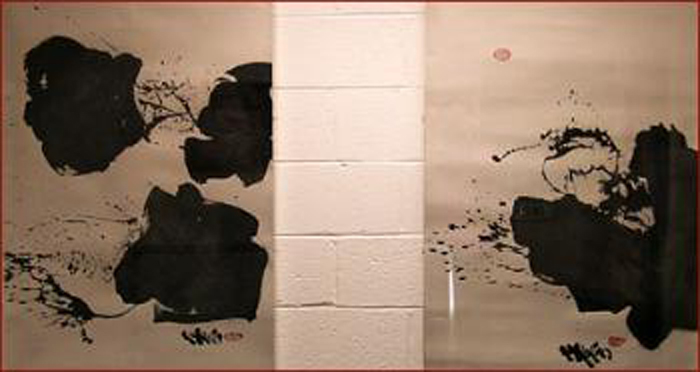
Wang Ming, Untitled, www.fairfield.edu
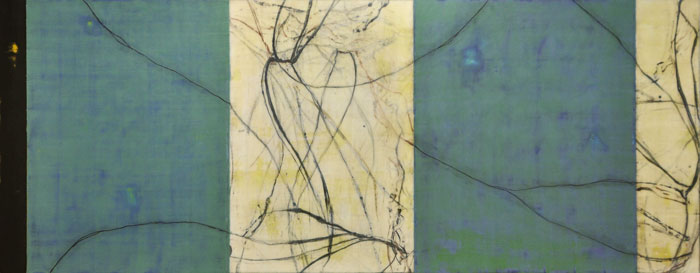
Tracey Adams, Imago 83, www.traceyadamsart.com
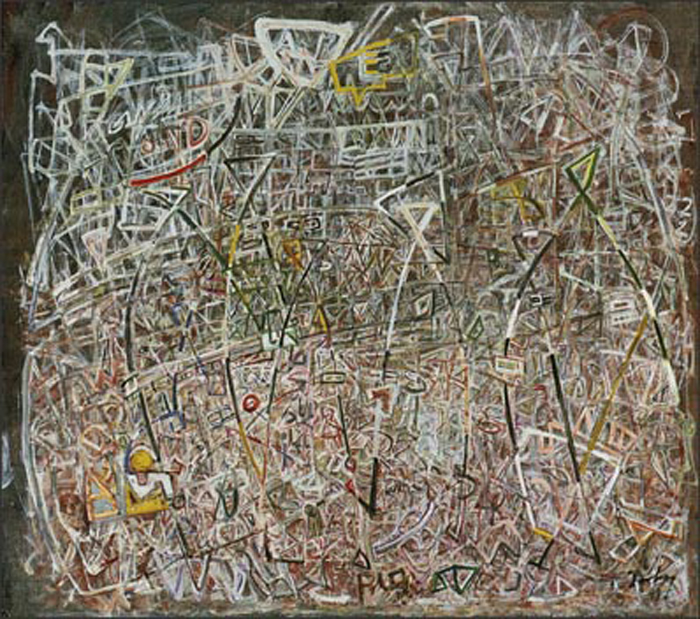
Mark Tobey, Night Celebration II, www.abstractartist.org
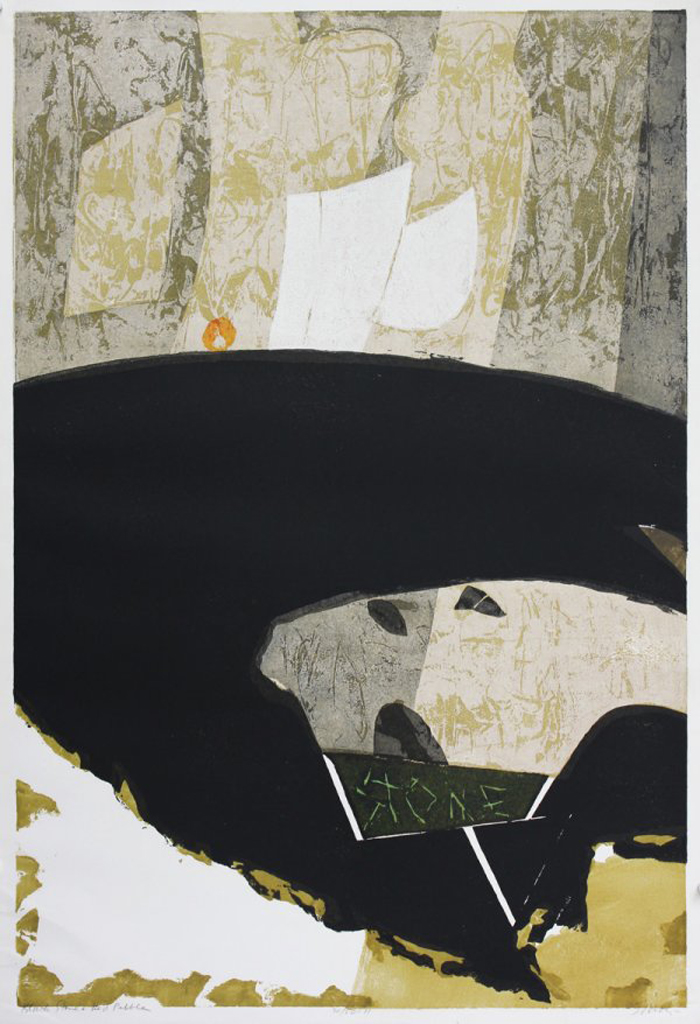
Seong Moy, Untitled, www.keithsheridan.com
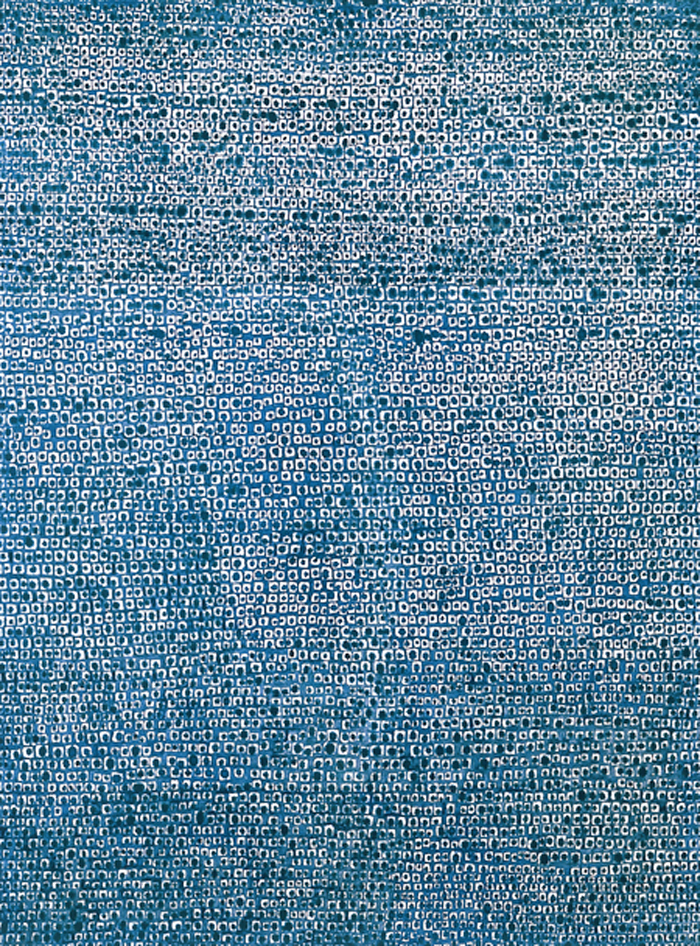
Whanki Kim, Where, in What Form, Shall We Meet Again?, Courtesy of Gallery Hyandia
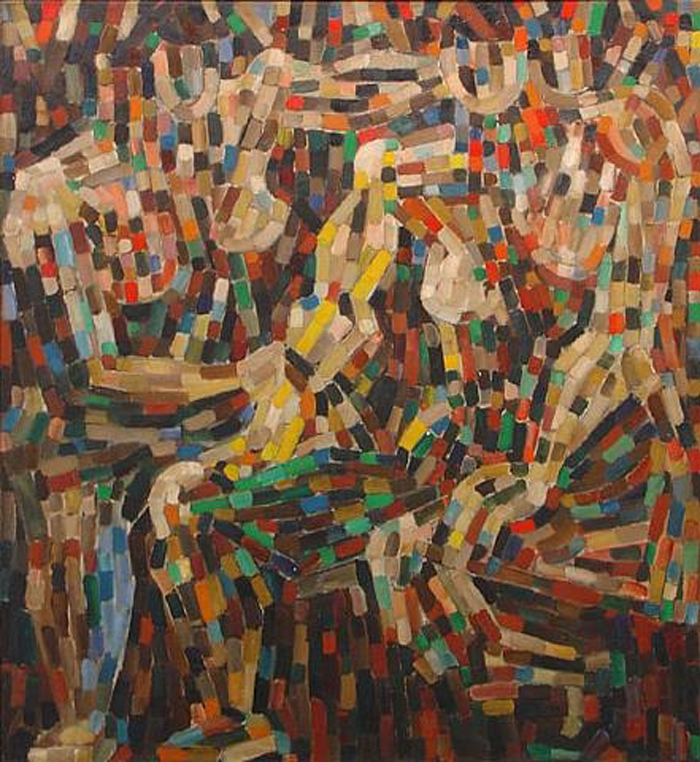
Jan Mueller, Seated Figures, Courtesy of Lori Bookstein Fine Art
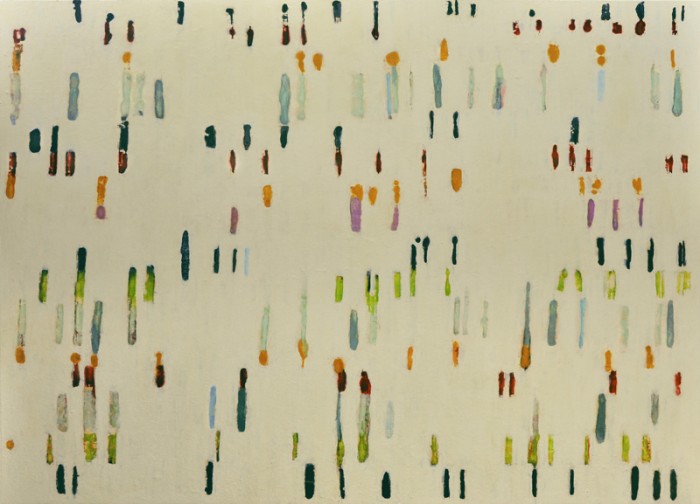
Tracey Adams, Lumenis 9, www.traceyadamsart.com
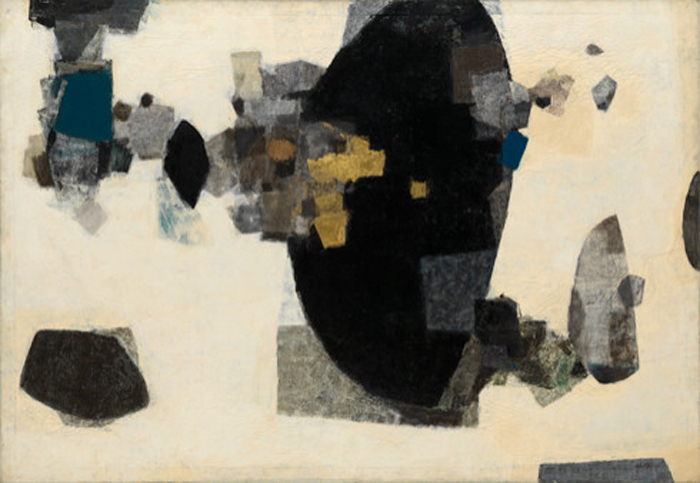
Yutaka Ohashi, Stone Garden, www.guggenheim.org
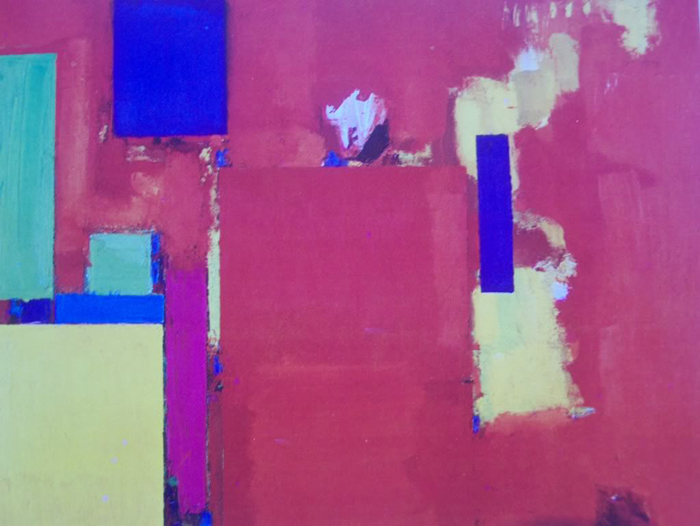
Hans Hofmann, The Golden Wall, www.hanshofmann.org

Tremain Smith, Opening, www.tremainsmith.com

Masatoya Kishi, Opus No 64 C-11, www.askart.com
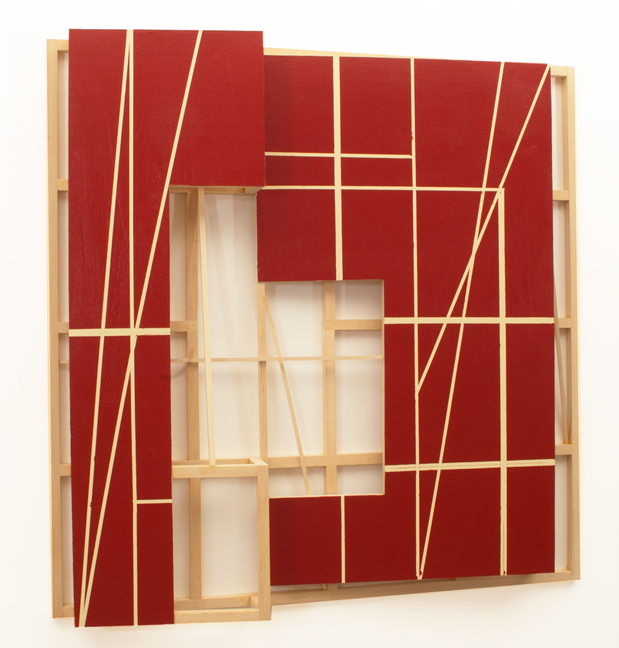
Howard Hersh, Skin Deep 7, www.howardhersh.com
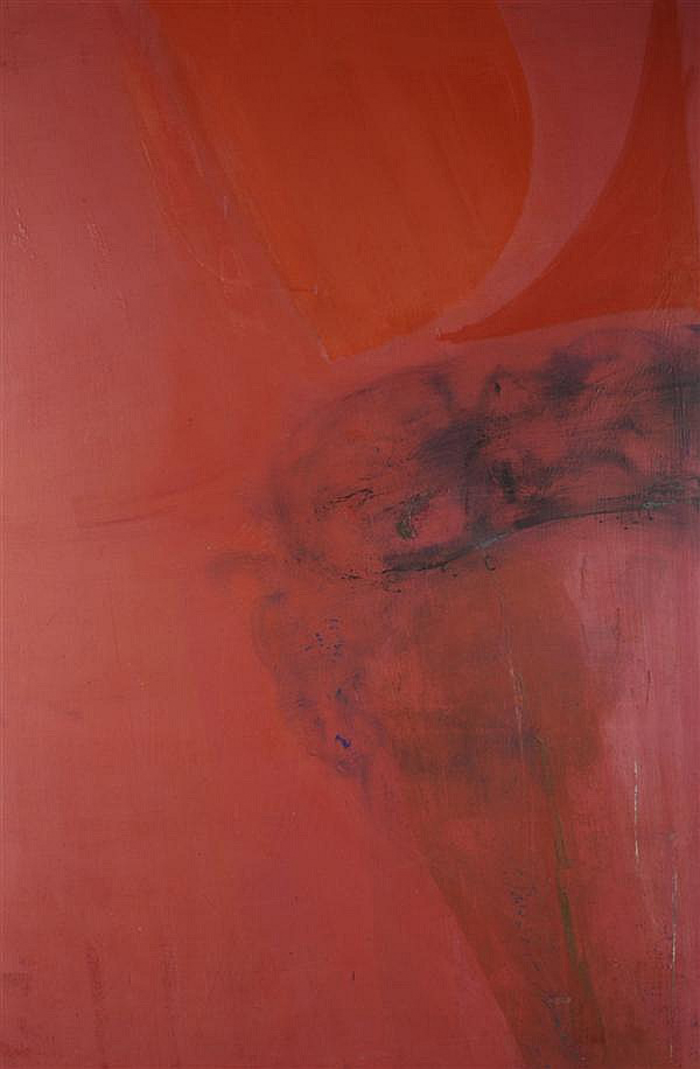
Minoru Kawabata, Pink One, www.artfact.com
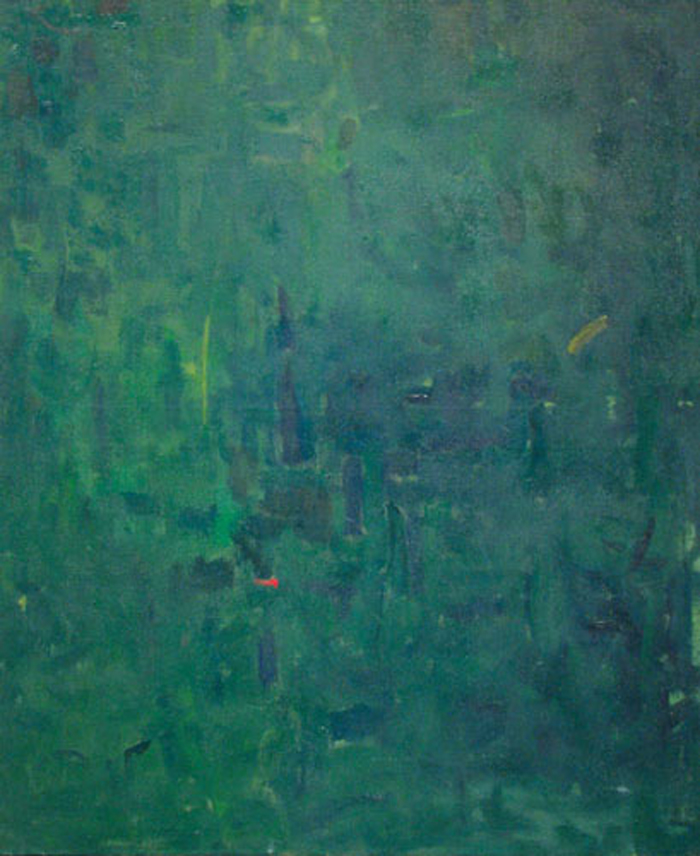
George Abend, Green, www.montereyart.org
by Tracey Adams | Sep 27, 2013 | Blog
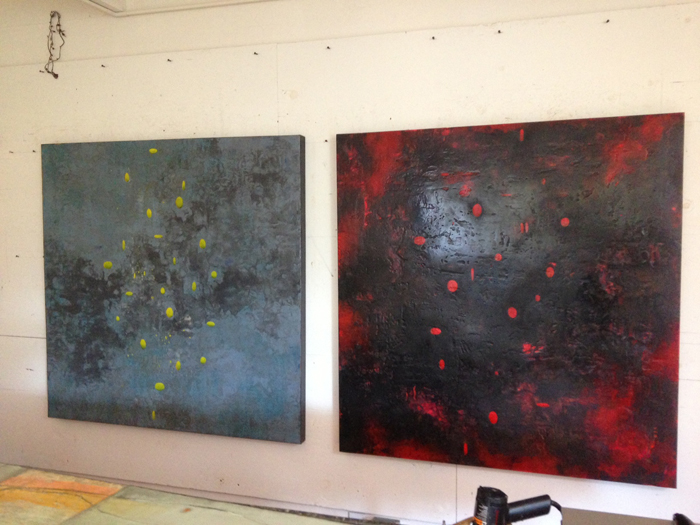
As we transition from longer days to shorter ones, I become more introspective and observe that my work continues to explore and cycle through past themes of numbers/music/circular shapes. Grapheme is a new series of paintings which focus on counting, color and my perception and interpretation of numbers and shapes as I fully experience color. Grapheme-color synesthesia has been described as the “smallest linguistic unit which may bring about a change or contrast of meaning.” Like all forms of synesthesia, grapheme-color synesthesia is for the individual involuntary, consistent and memorable. The experience differs from individual to individual. This new group of paintings is full of contrasts: hard edges of the ovoid shapes versus the softer, more cellular and aqueous ones; the patterns and rhythm of the different shapes versus the areas of quiet and repose; the topographic and textural surfaces versus those that are smooth. In this series, I use many layers of encaustic and oil to achieve luminosity and depth.
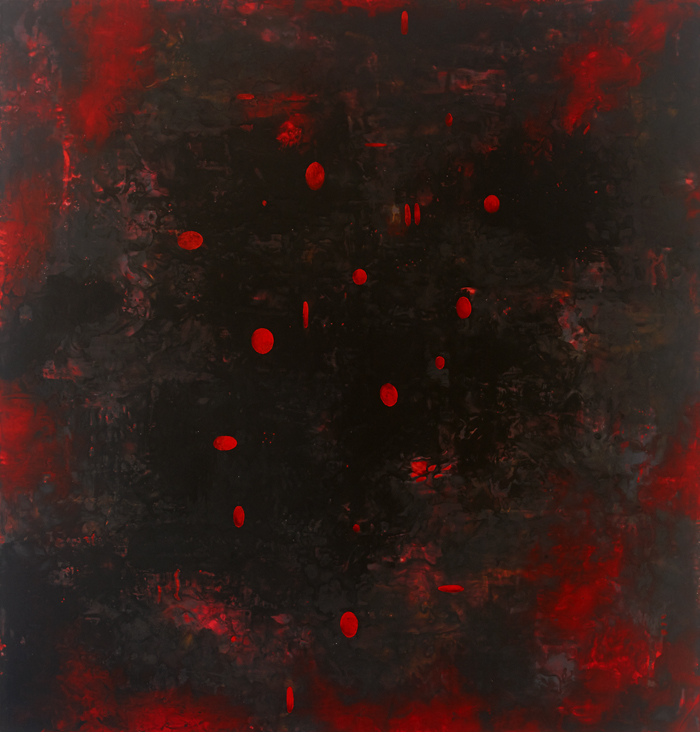
Grapheme 2, 48×48, encaustic and oil on panel
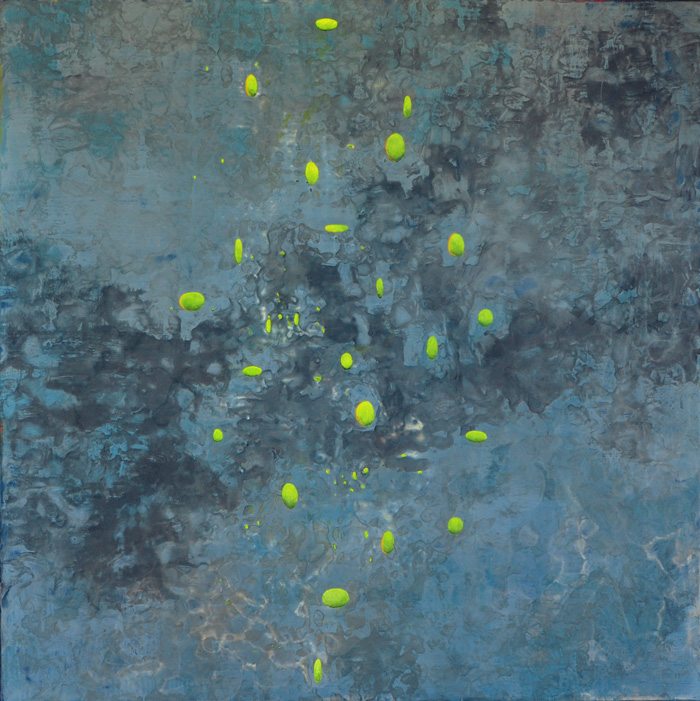
Grapheme 1, 48×46, encaustic and oil on panel
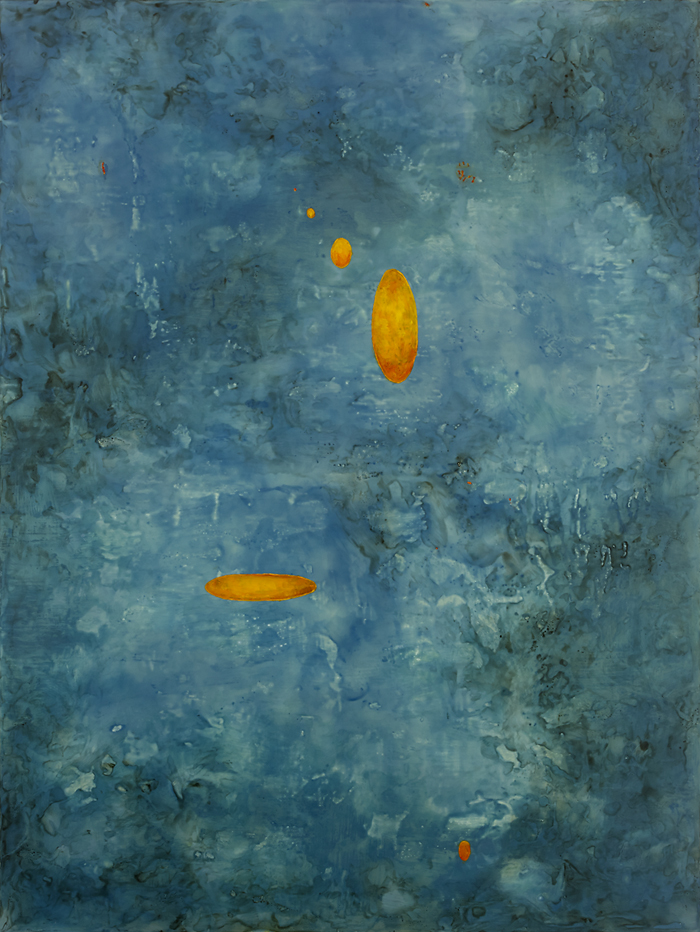
Grapheme 3, 40×30, encaustic and oil on panel
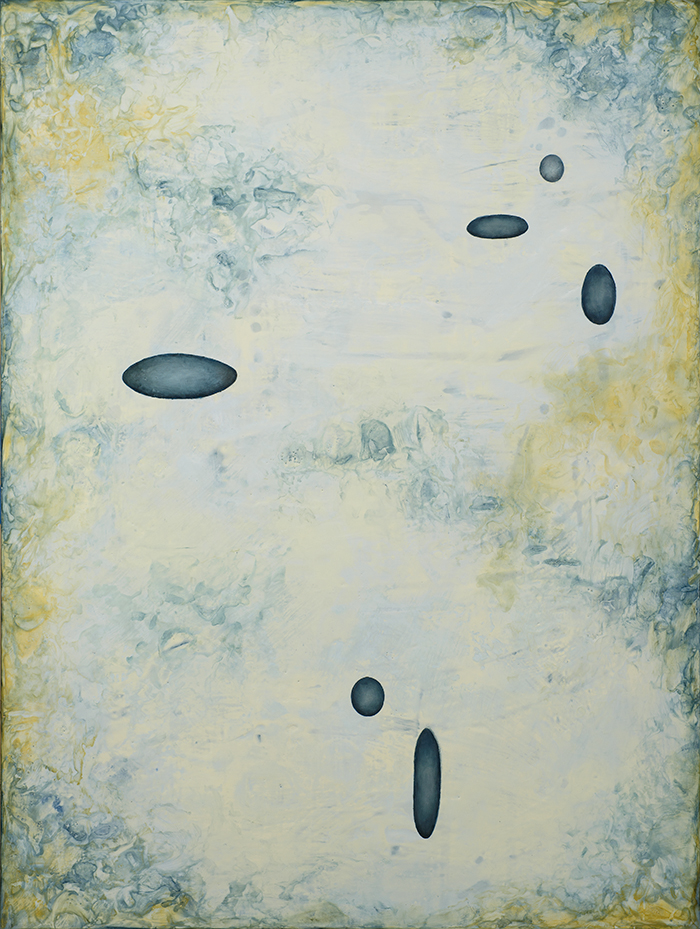
Grapheme 4, 40×30, encaustic and oil on panel
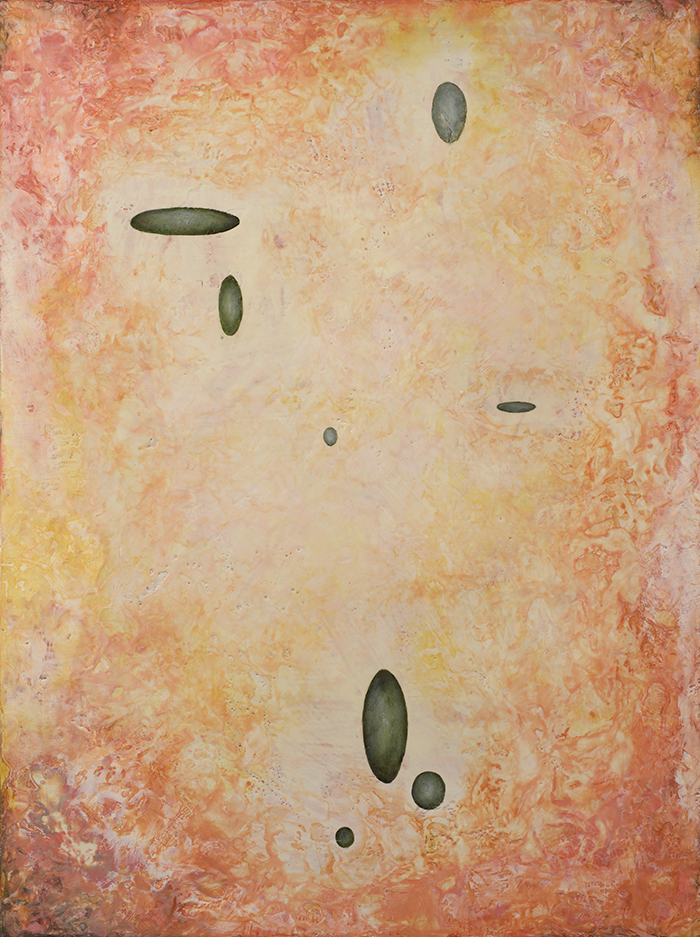
Grapheme 5, 40×30, encaustic and oil on panel
If you’re interested in learning more about encaustic, please check out this blog: www.prowaxjournal.com, filled with lot of great information.
On exhibition through October 5, 2013, Abstraction, Mark Gallery, Englewood, NJ (www.mark-gallery.com)
by Tracey Adams | May 14, 2013 | Blog
|
It’s spring and an abundance of good things are happening in the studio and in
the art world. Be sure and watch Tracey’s
newest video, RED to get an insider’s view of her work.
|
|
|
|
|
|
|
|
I will be presenting a talk – Cannibalism and the Art of Collage –
at the Seventh International Encaustic Conference, Provincetown, MA,
May 31 – June 2, encausticconference.blogspot.com.
Inclusion of my work in the following exhibitions is in conjunction with the conference:
|
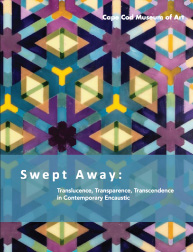 |
SWEPT AWAY: TRANSLUCENCE, TRANSPARENCE,
TRANSCENDENCE IN CONTEMPORARY ENCAUSTIC
Curator: Michael A. Giaquinto
Cape Cod Museum of Art, Dennis, MA
May 18 – June 23
CLICK HERE TO VIEW CATALOG
|
|
|
ELEPHANT IN THE ROOM
Laconia Gallery, Boston, MA
Curators: Linda Cordner and James Hull
May 30 – June 30
CLICK HERE TO VIEW CATALOG
|
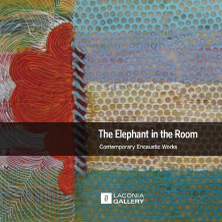
|
|
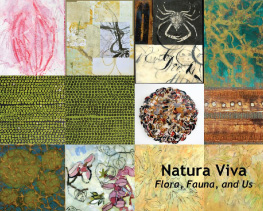 |
NATURA VIVA: FLORA, FAUNA AND US
ArtCurrent Gallery, Provincetown, MA
Curator: Debra Claffey
May 30 – June 16
CLICK HERE TO VIEW CATALOG
|
|
|
RED
A Gallery, Provincetown, MA
Jurors: Adam and Marian Peck
May 31 – June 7
|
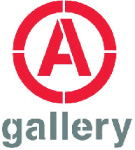
|
|
|
|
 |
INSTRUCTOR’S EXHIBITION
The Schoolhouse Gallery, Provincetown, MA May 29 – June 4
|
|
by Tracey Adams | Apr 4, 2013 | Blog
Lumenis, an exhibition of new paintings, will open at Winfield Gallery in Carmel, CA, on April 13, 2013. This series continues to explore my fascination and ongoing interest in the areas where art and music intersect and overlap: gesture, line, color space, pattern, etc. This series incorporates encaustic monoytpes (pigmented beeswax printed on Japanese papers) which are then collaged on panels and glazed with many layers of acrylic, then covered with cold wax. During graduate school as a music student, I was strongly influenced by the compositional principles of John Cage. Much of my collage work involves the process of indeterminancy, a process Cage created and worked with for much of his musical and artistic life. Decisions about mark-making involve parameters that are fixed or limited such as color, line, and shape. While I no longer perform music actively, the elements of music are deeply embedded in me, appearing in my paintings as visual compositions.
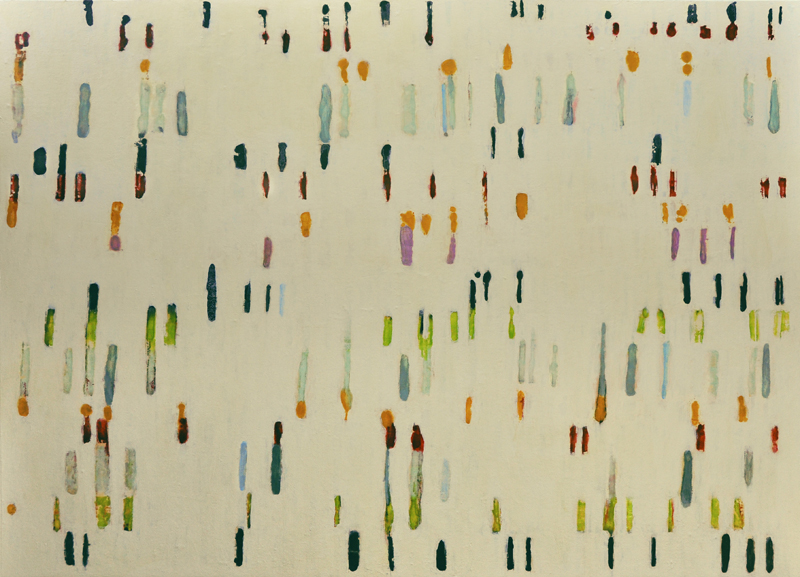 Lumenis 9, encaustic monotype and acrylic glazes on panel, 39×54
Lumenis 9, encaustic monotype and acrylic glazes on panel, 39×54
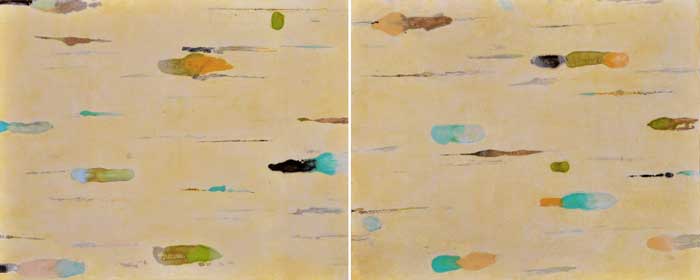
Lumenis 18, encaustic monotype and acrylic glazes on panel, 16×40
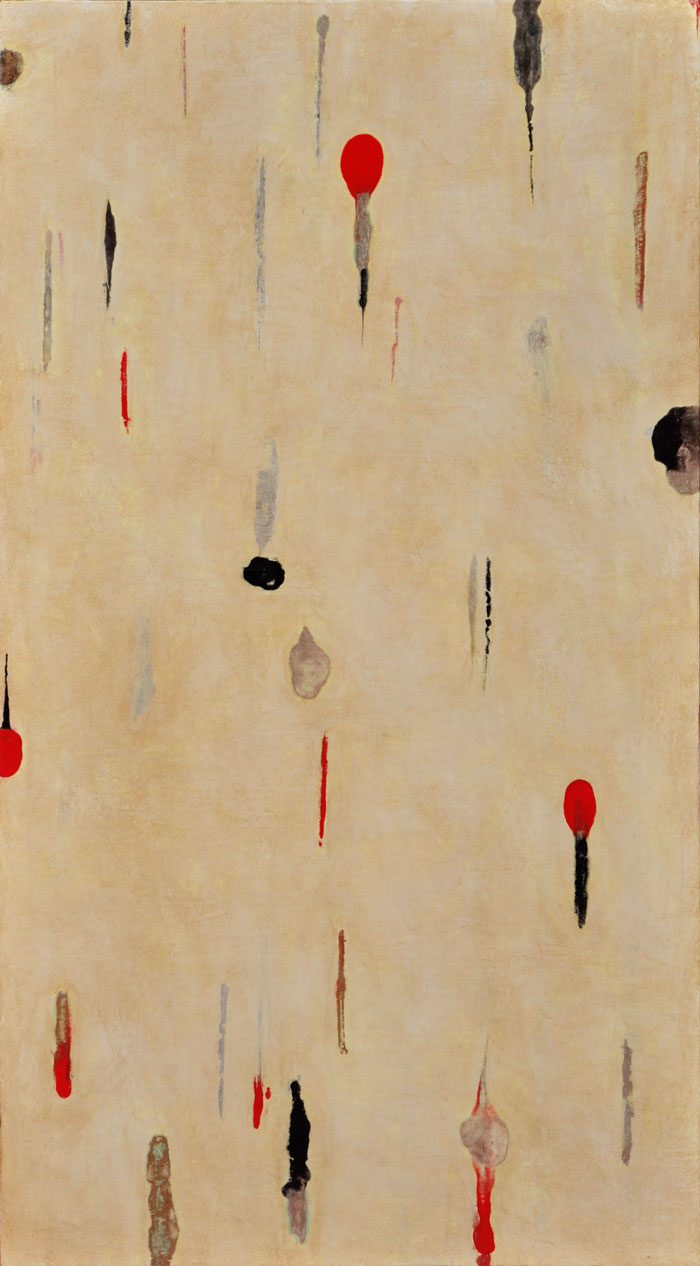
Lumenis 15, encaustic monotype and acrylic glazes on panel, 36×20
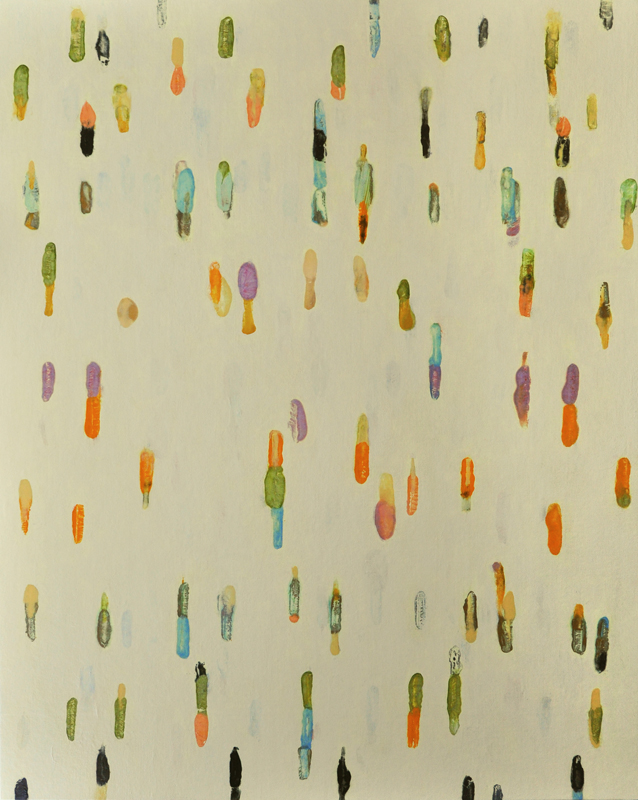
Lumenis 8, encaustic monotype and acrylic glazes on panel, 48×39
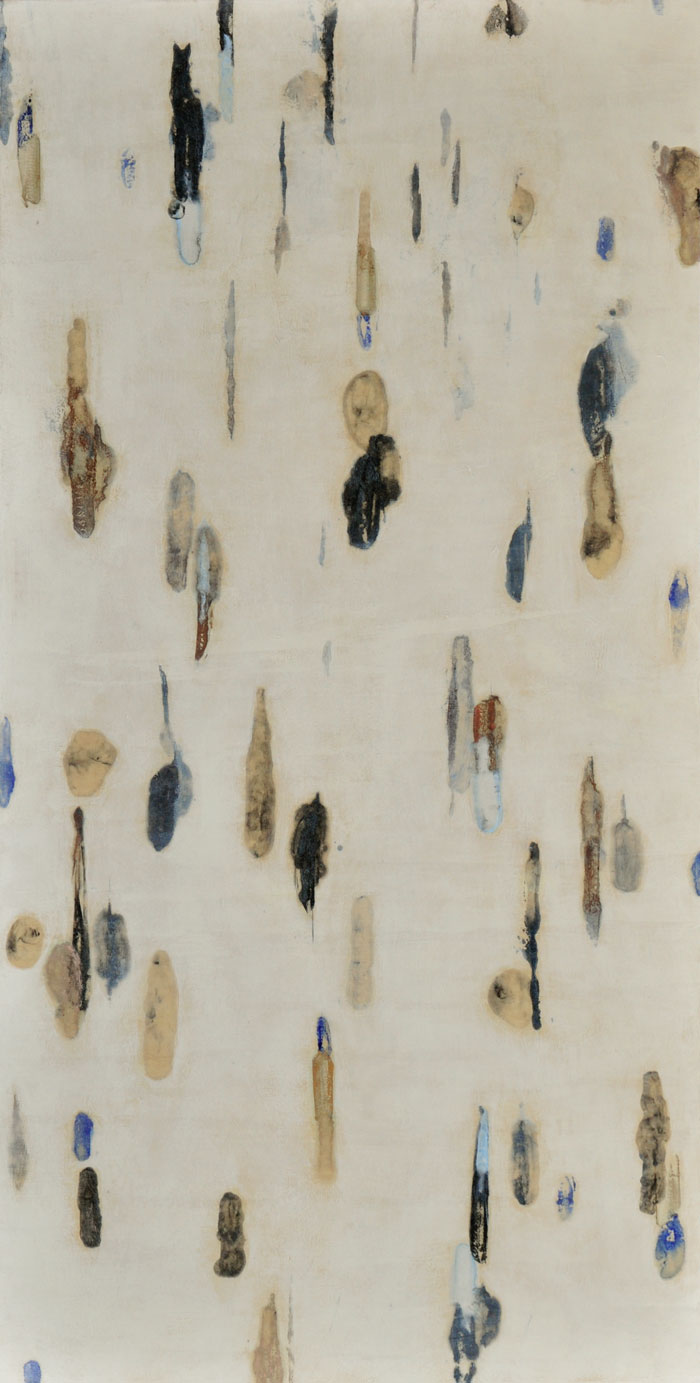
Lumenis 13, encaustic monotype and acrylic glazes on panel, 43×22
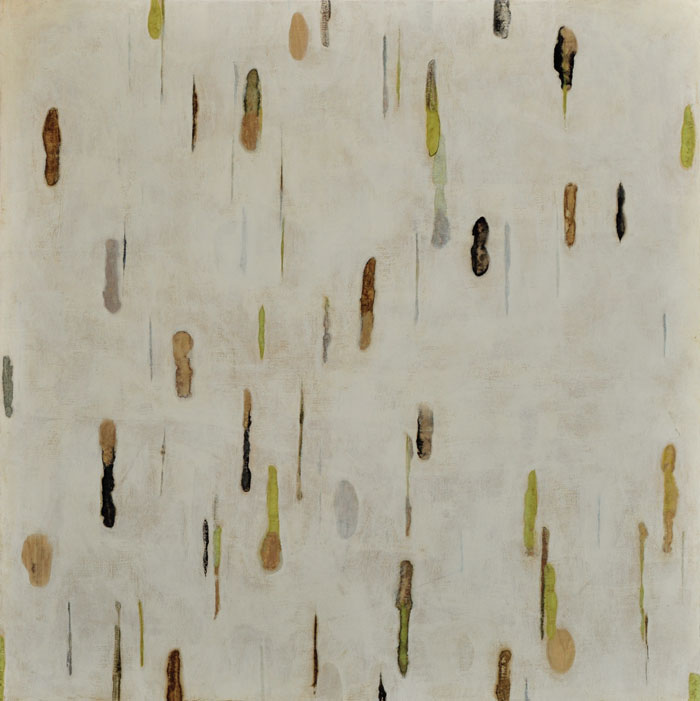
Lumenis 12, encaustic monotype on panel, 36×36
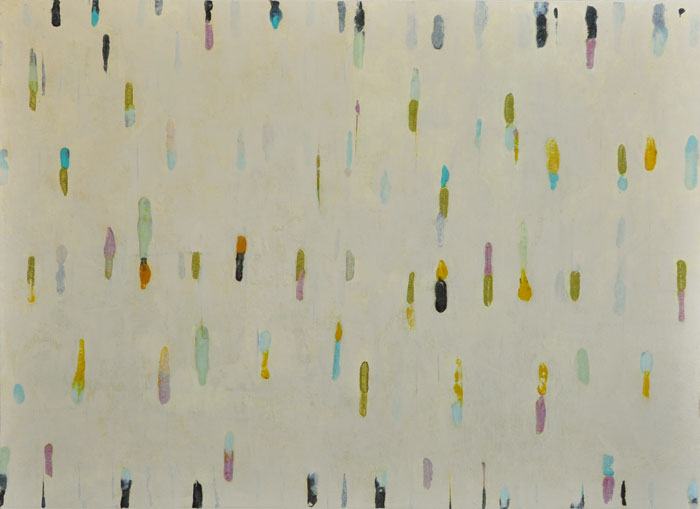
Lumenis 10, encaustic monotype and acrylic glazes on panel, 39×54
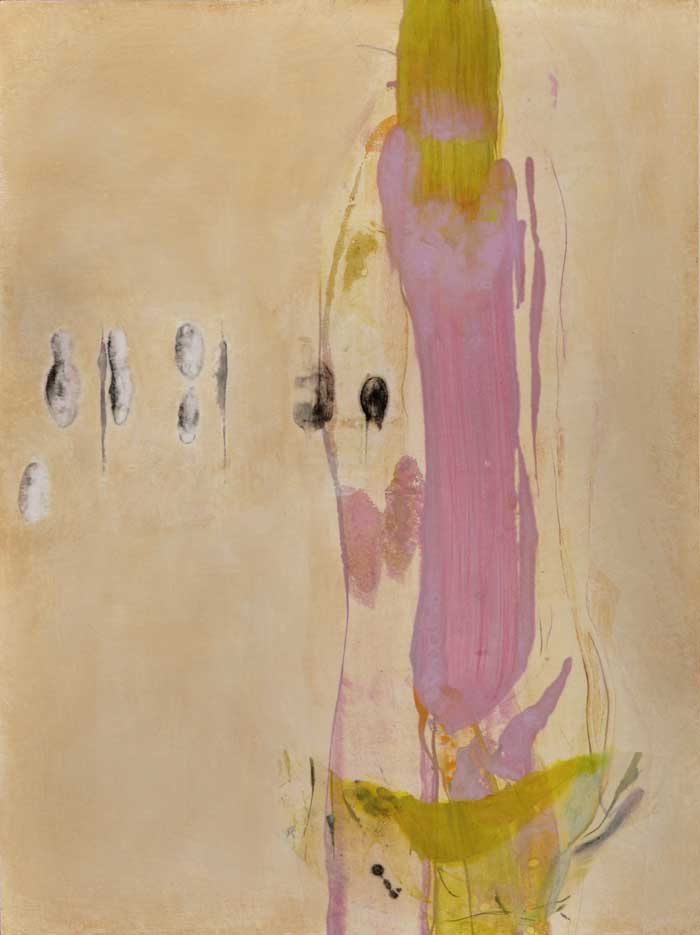
Lumenis 16, encaustic monotype and acrylic glazes on panel, 24×16
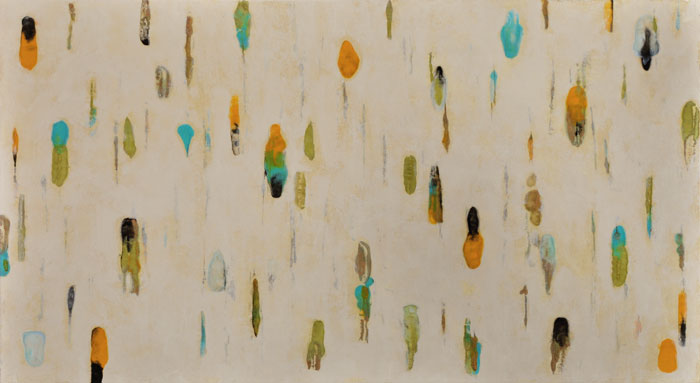
Lumenis 14, encaustic monotype and acrylic glazes on panel, 22×39
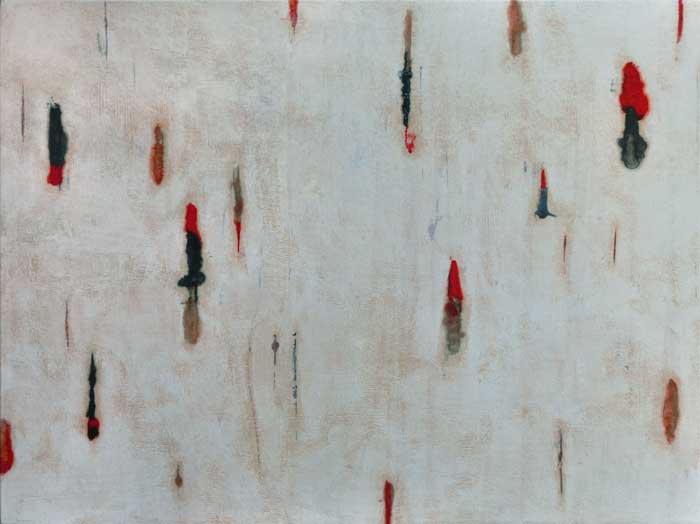
Lumenis 19, encaustic monotype and acrylic glazes on panel, 18×24
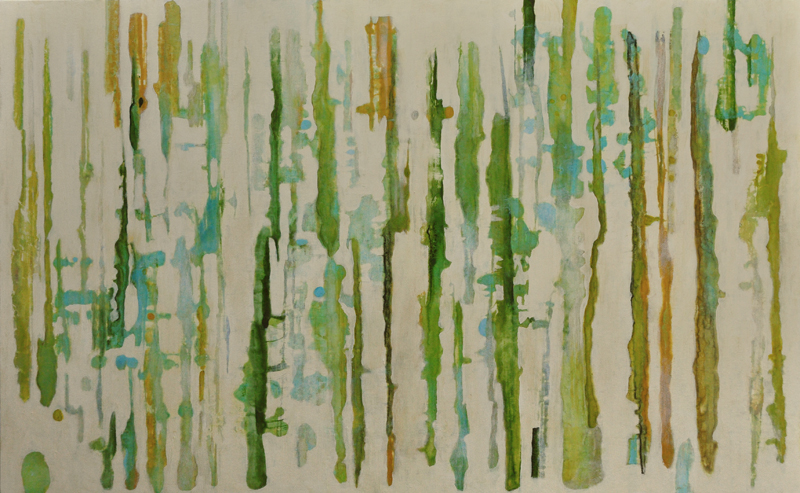 Lumenis 7, encaustic monotype and acrylic glazes on panel, 32×52
Lumenis 7, encaustic monotype and acrylic glazes on panel, 32×52
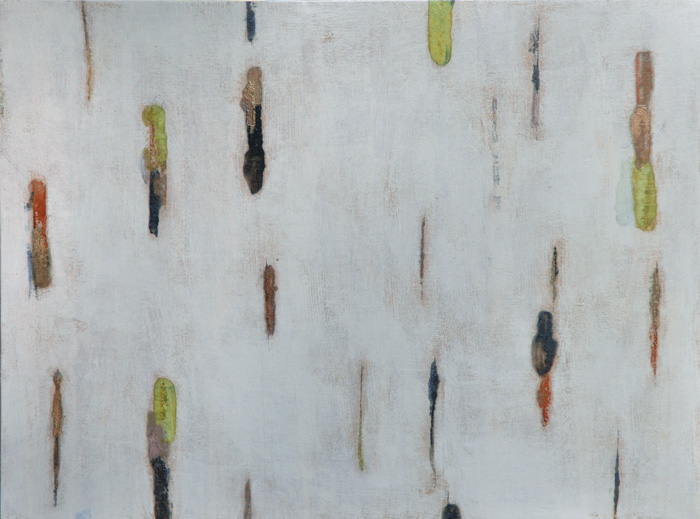
Lumenis 20, encaustic monotype and acrylic glazes on panel, 16×20
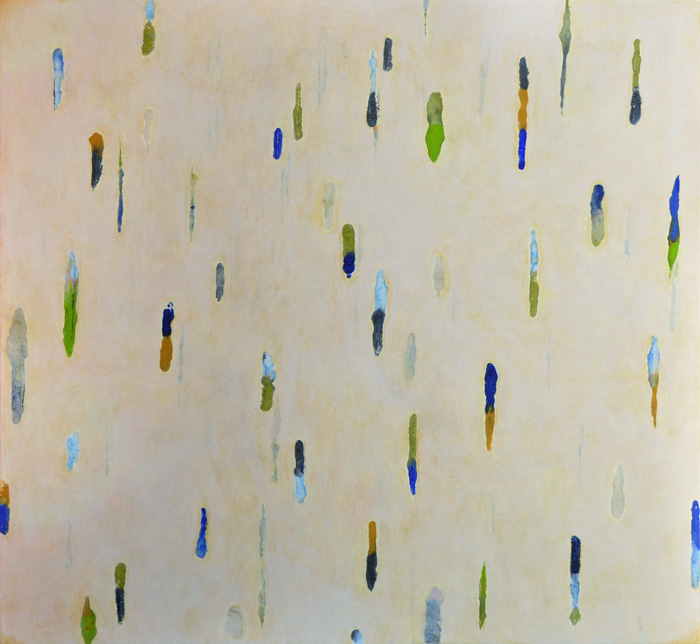
Lumenis 21, encaustic monotype and acrylic glazes on panel, 46×48
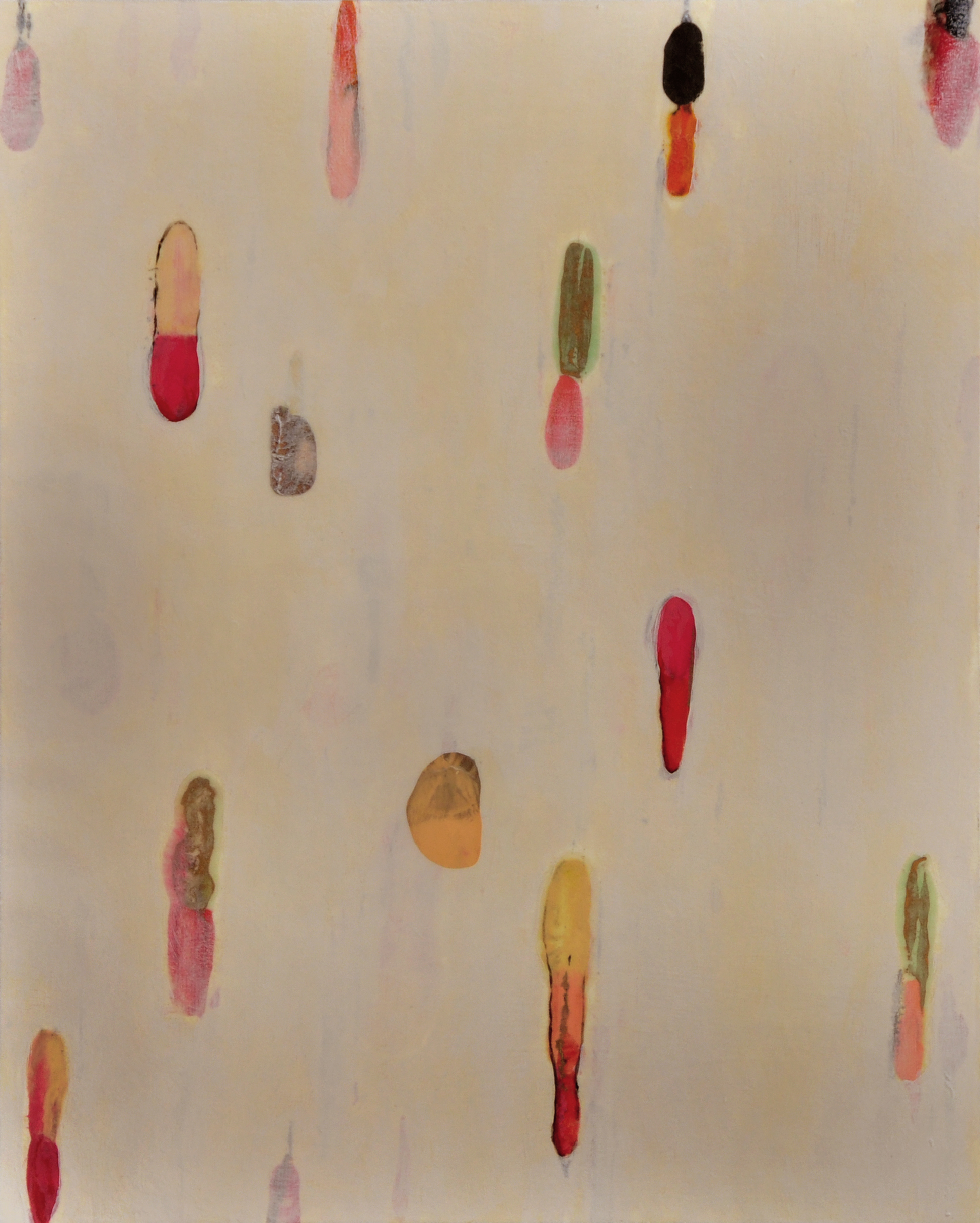 Lumenis 17, encaustic monotype and acrylic glazes on panel, 24×16
Lumenis 17, encaustic monotype and acrylic glazes on panel, 24×16
by Tracey Adams | Jan 10, 2013 | Blog
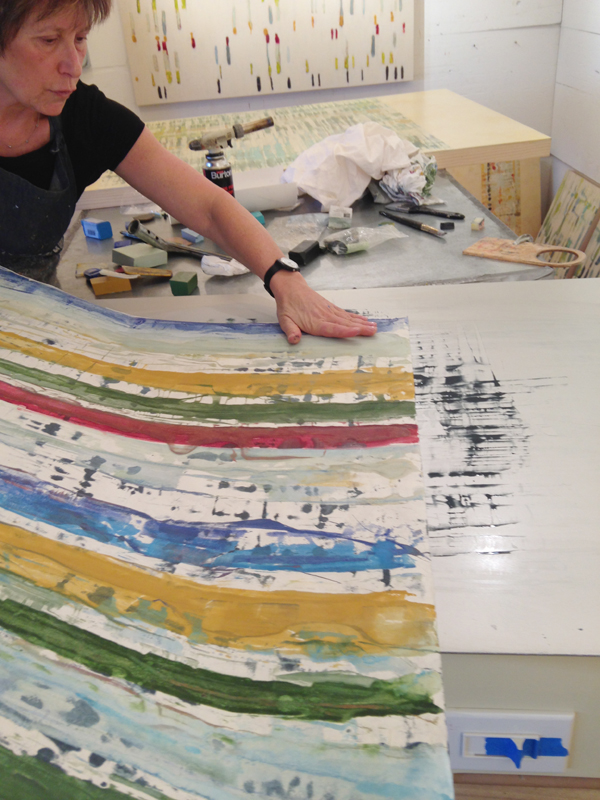
It’s been a few months since I last posted, but a busy time in the studio. I’ve been working on a new series, Lumenis, still in the early stage of evolution. This series is very connected to the place where music and art intersect and overlap. I continue to be inspired by the compositional principles of John Cage, those of “chance” music or “indeterminancy”. Decisions about mark-making involve parameters that are fixed or limited such as shape, color and spatial relationships. In addition, I have moved away from the grid as a compositional element for the first time in 30 years. All of the paintings begin with an encaustic monotype made on the Hot Box shown above, then adhered to the panel. Many layers of acrylic and oil are then applied.
The painting shown below is the last painting made using a grid. The ones that follow are, in order, the paintings as I respond to each one that went before it. While these are in the early stages of developing, I wanted to put them up for the new year.
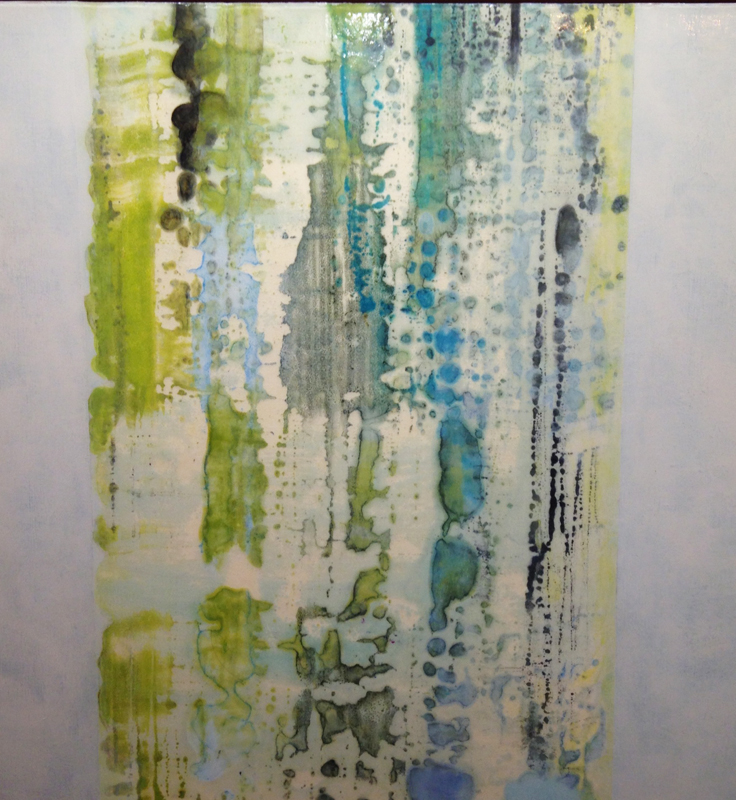
Lumenis 14, 20×20
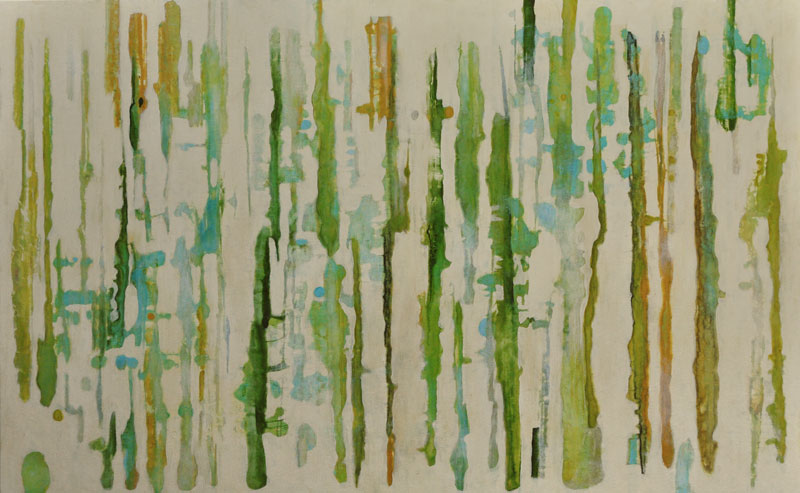
Lumenis 7, 32×52
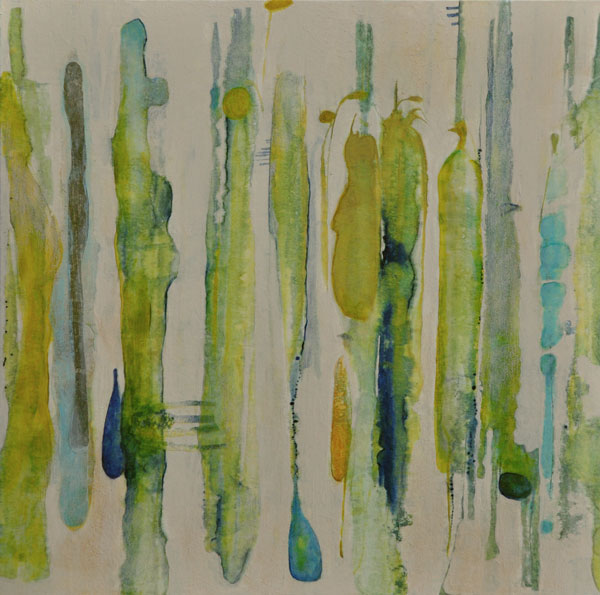
Lumenis 4, 20×20
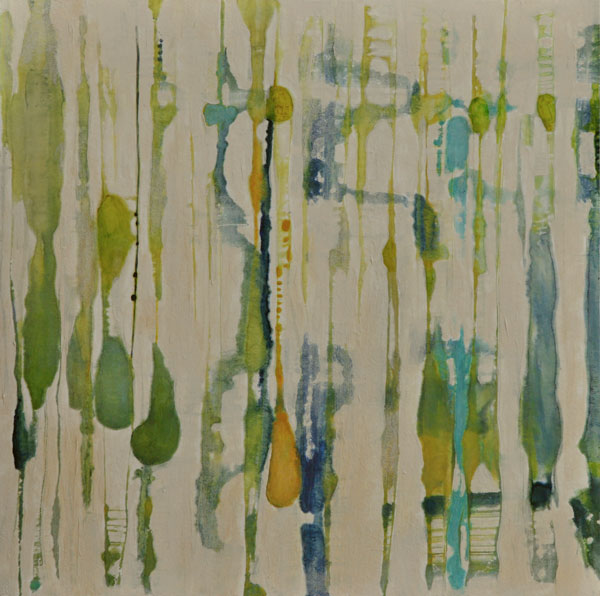
Lumenis 5, 20×20
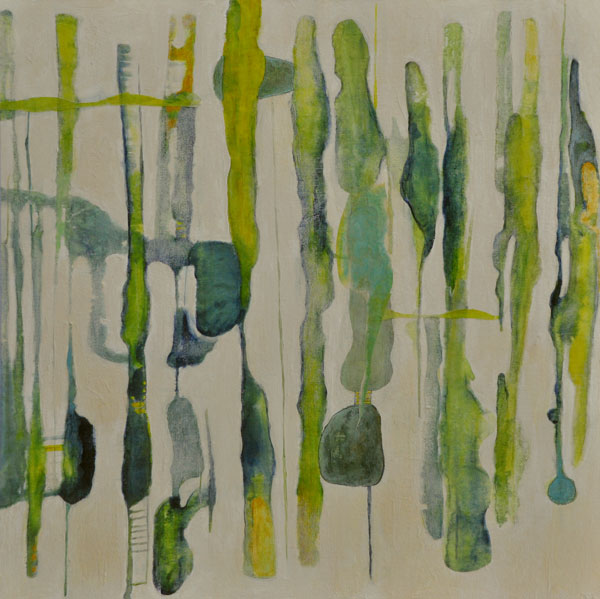
Lumenis 6, 20×20

Lumenis 9, 39×54

Lumenis 8, 48×39
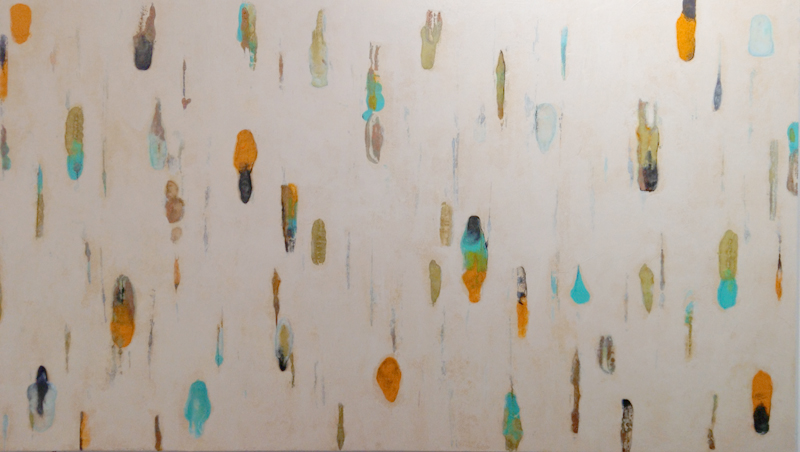
Lumenis 11, 22×39
I welcome any and all feedback!
by Tracey Adams | Oct 17, 2012 | Blog
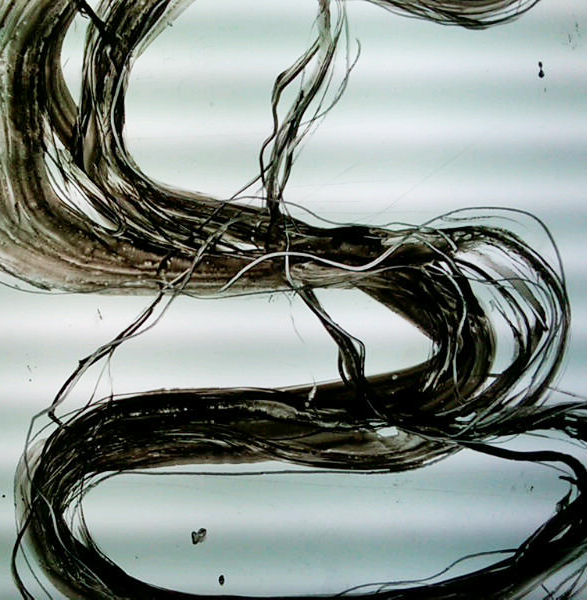
Last Sunday, I was invited to spend the day printing with Solarplates at Equinox Press in Carmel Valley. Owner and Master Printer, Evelyn Klein, guided and helped me through each stage of the process. A Solarplate is light-sensitive steel backed with a polymer material. It is a wonderful alternative to more toxic printing techniques, which I’m all too familiar with, as well as a relatively fast way to make a beautiful print. These plates can be used to make an edition of prints, collage materials or they can be mounted on panels.
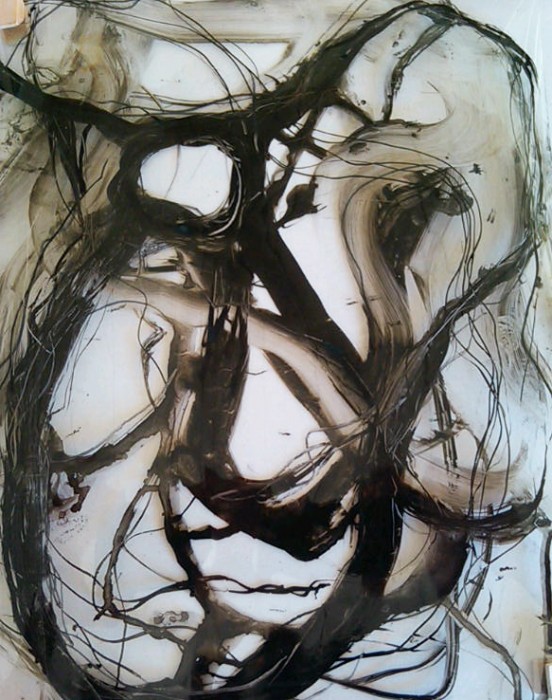
The first thing I did was to make a series of drawings with India ink and other mark-making media on clear acetate.
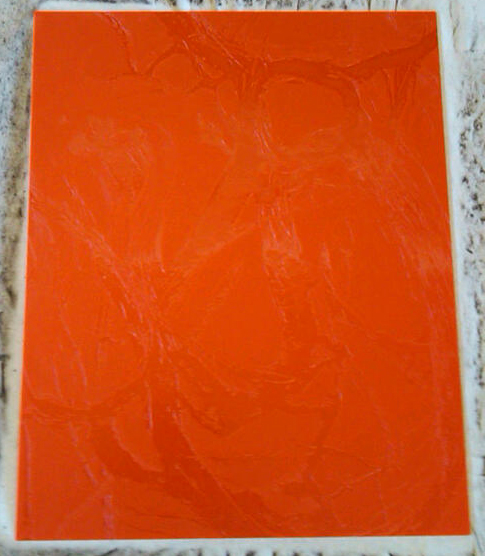
The Solarplate is exposed to a UV source (light box or direct sun) and is developed in tap water, until the gel-like emulsion dissolves the unexposed portion of the plate.

The Solarplate is inked with etching ink and is wiped using the same method one would use to wipe and intaglio plate. The plate is on the press waiting to be printed.
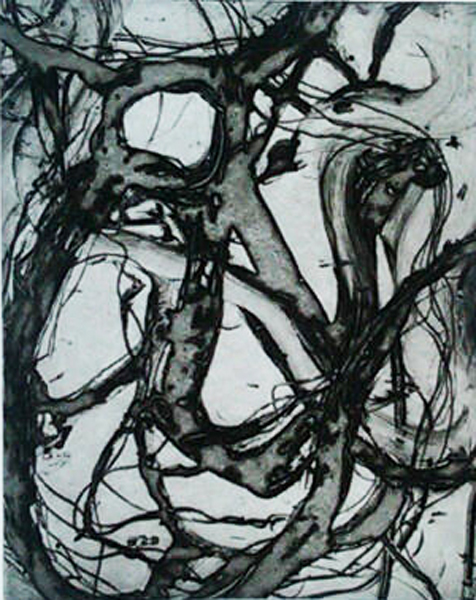
I wasn’t totally pleased with my first print as the darkest blacks appeared as gray, mid-tones. I learned we needed to expose the plate for a shorter amount of time to increase the saturation of the darkest tones.
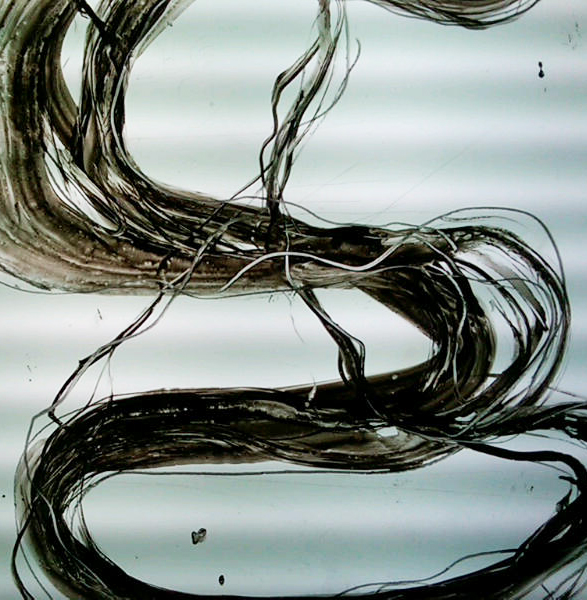
This is my second drawing on acetate before the plate was exposed to light, developed, inked and printed.
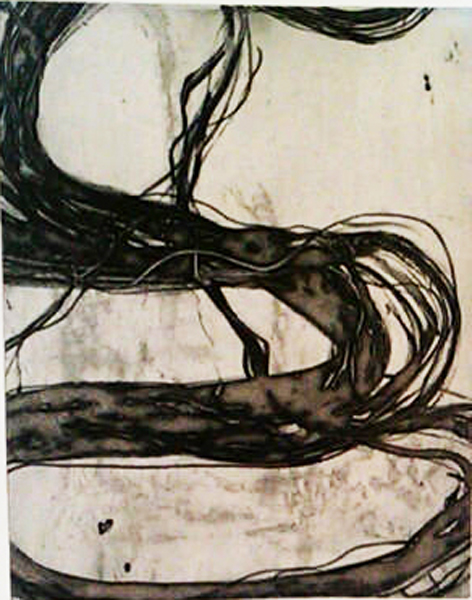
The first inking with black ink produced pleasing results!
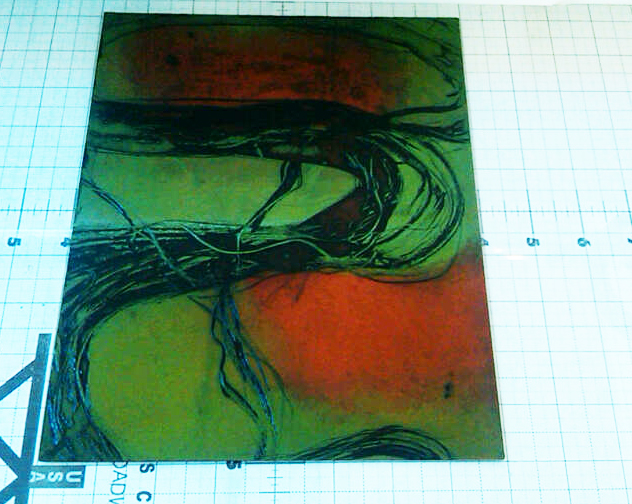
This is the plate with black ink in the incised lines and a viscosity roll of green ink (much thinner), rolled on top. The orange areas are where I wanted the white paper to show so I didn’t ink those areas.
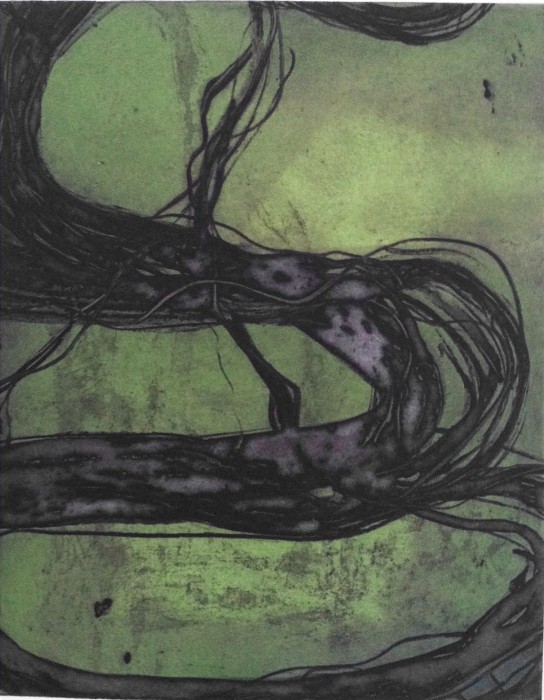
This is the final print with another viscosity roll of green ink over the entire plate this time. I decided I preferred to have the entire plate covered as I found the white areas distracting. This is an exciting way to print safely, one that produces fabulous results. I hope I have the opportunity to try this again!






















